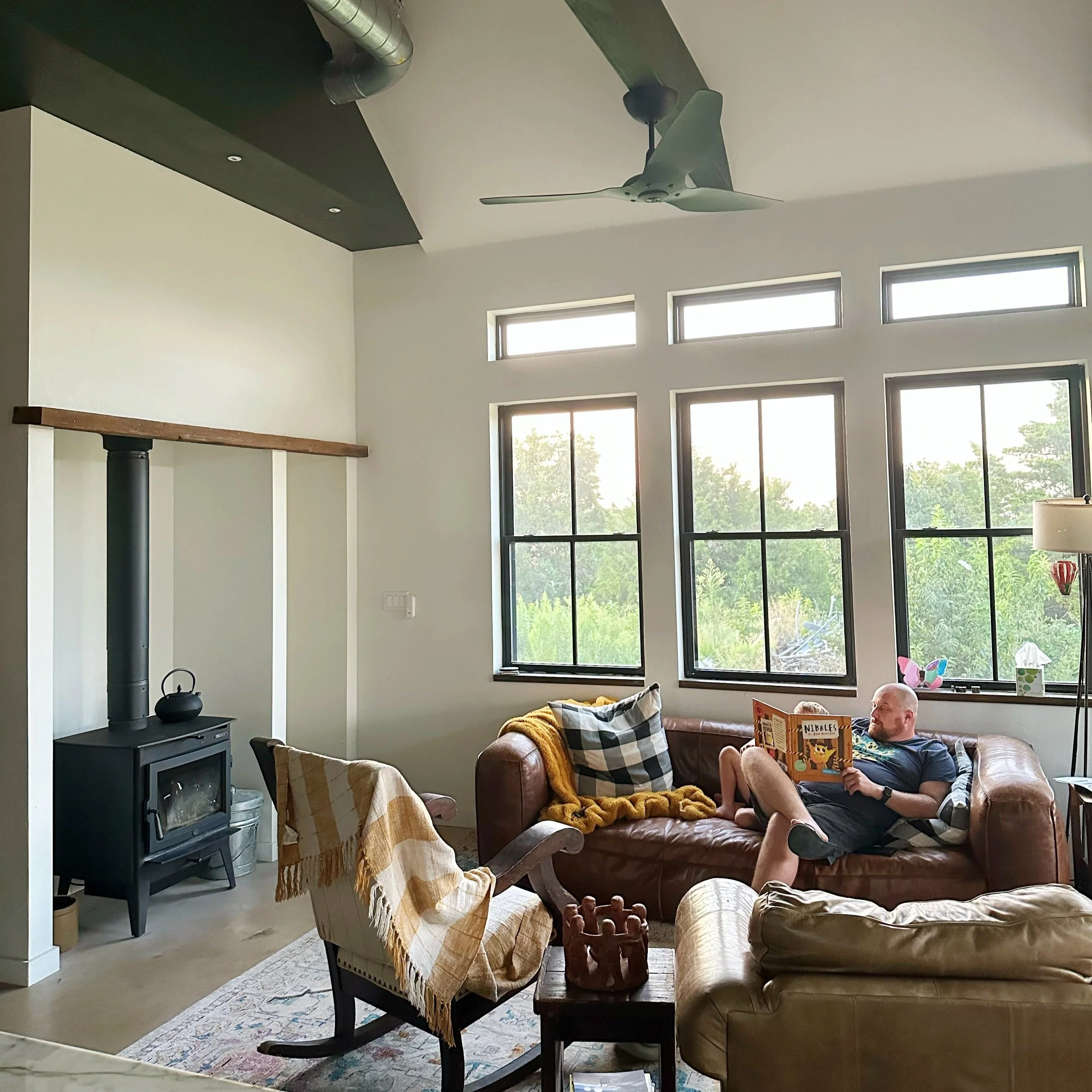The Hearth of Your Home: Choosing Between Gas, Electric, and Wood-Burning Fireplaces
As we delve into the hearth of your home, we're stoking the conversation about the age-old dilemma: gas, electric, or wood-burning fireplaces? Let's explore the nuances and the crackling details.
Gas Fireplaces: Efficiency Meets Convenience
Gas fireplaces offer the perfect marriage of efficiency and convenience. With just a flip of a switch, you can instantly transform your space into a warm, inviting haven. The controlled heat output and easy maintenance make gas fireplaces a modern favorite. They're ideal for those who crave the warmth without the hassle of traditional wood-burning.
However, it's important to note that gas fireplaces typically rely on natural gas, a nonrenewable resource. This means that their long-term sustainability may be a concern, especially as natural gas reserves are finite. Additionally, while gas fireplaces offer convenience, some may argue that they lack the authentic ambiance and crackling sounds of a wood-burning fire.
Electric Fireplaces: Ambiance at the Flick of a Switch
For those seeking the ultimate in convenience, electric fireplaces might be the spark you need. They require no venting, making them incredibly versatile in terms of placement. Plus, with customizable flame settings and even heating capabilities, they bring both aesthetics and warmth to your fingertips.
However, electric fireplaces may have limited heating capacity compared to gas or wood-burning alternatives, particularly in larger spaces. Since electric fireplaces rely on electricity, they may not be functional during power outages, which could limit their use in emergency situations. Despite these drawbacks, they remain an excellent option for city dwellers or anyone seeking hassle-free coziness.
Wood-Burning Fireplaces: The Nostalgic Hearth
Ah, the classic charm of a wood-burning fireplace! Nothing quite beats the crackling sound and the hypnotic dance of flames. However, it's essential to consider the drawbacks. Wood-burning fireplaces can produce more emissions, potentially impacting indoor air quality. Additionally, sourcing and storing wood can be labor-intensive. Despite these considerations, for those who value the ritual of gathering wood and tending to the fire, a wood-burning fireplace offers a nostalgic journey back to simpler times.
Fireplace Inserts: Maximizing Efficiency
Fireplace inserts are efficient solutions to upgrade old fireplaces during renovations. These fireboxes fit into existing fireplaces, enhancing efficiency and safety for gas, electric, or wood-burning options. They seal your home, reducing heat loss and improving energy efficiency. However, installation can be complex, and understanding the distinction between inserts and traditional fireplaces is crucial. Inserts are retrofit appliances, while traditional fireplaces are framed using wood or steel studs. Despite challenges, inserts offer a compelling solution to enhance warmth and functionality.
Before
After
As you consider the soul of your home, remember that each type of fireplace has its unique charm and benefits. Your choice ultimately boils down to personal preferences, lifestyle, and the kind of warmth you're seeking.
Whether it's modern convenience, timeless charm, or a little bit of both, we're here to turn your fireplace dreams into a blazing reality. Our local go to for quality and service is Rick’s House of Fire in Oklahoma City & Tulsa. For over 35 years this family-owned and operated business sells top of the line Fireplaces, Stoves, Gas Logs, Accessories, and Everything in-between.
About the Author
Megan is a Co-Owner and Principal Designer at Green Couch Design, a boutique architecture firm located in Oklahoma. She writes about all things interior design, intentional living, marketing and branding, business ownership, and a dose of motherhood.






